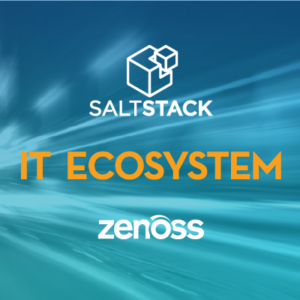
You probably know how hard it is to get new and changed code into production. For monitoring alone you’ve got to build a checklist to add server monitoring, database monitoring, web application monitoring, alerting, CMDB updates, new service desk definitions…. Maybe you have to talk with a dozen or even two dozen people, and they’re not just sitting and waiting for your call, are they? It might take one, two weeks or even longer. And the people calling you four times a day for updates are not at all understanding, are they?
And then something goes wrong. And you’ve got the same drill all over again. Call those 24 people. Ask them if maybe they’ve changed something. Ask them to look and see if anything is wrong with your application. Explain what your application is, and why you think they might know. Organize a meeting. Another meeting. Sound familiar?
Don’t you wish that when application code was deployed all that coordination happened automatically? In seconds? And that when there was a problem you’d get an immediate report on what had changed? No need to organize a 12 person meeting, and nobody needing a status report four times a day on something totally out of your control?
That’s why I’m thrilled that we’re delivering on our partnership with SaltStack. Together, SaltStack and Zenoss can solve those problems for you, right now.
The very first thing we delivered was automatically setting up monitoring when new servers were deployed, with SaltStack setting up the precise monitoring you need based on each server’s configuration. Web server, application server, database server - whatever it is, it’s production-ready as soon as it’s operating. Zenoss knows what it is, starts watching for issues, and creates service desk tickets (ServiceNow anyone?) without any need for manual work.
And it works perfectly whether the application is being deployed the first time, the second time, or five times a day!
The coolest thing we’re building is automatic delivery of change reports, triggered by failure events. SaltStack has a new enterprise API, and we’re calling that API from the Zenoss notification system. A change report for the failing system is produced immediately after the failure is detected, and since some huge percentage of data center issues are caused by changes you’re ready to fix the problem.
We’ve got a ton of great ideas for where to go next with this integration - automatic capacity scaling, automatic remediation, scheduled vulnerability testing - and we’re looking for customers to build with. Let us know if you want to bring Fast to your IT life!






